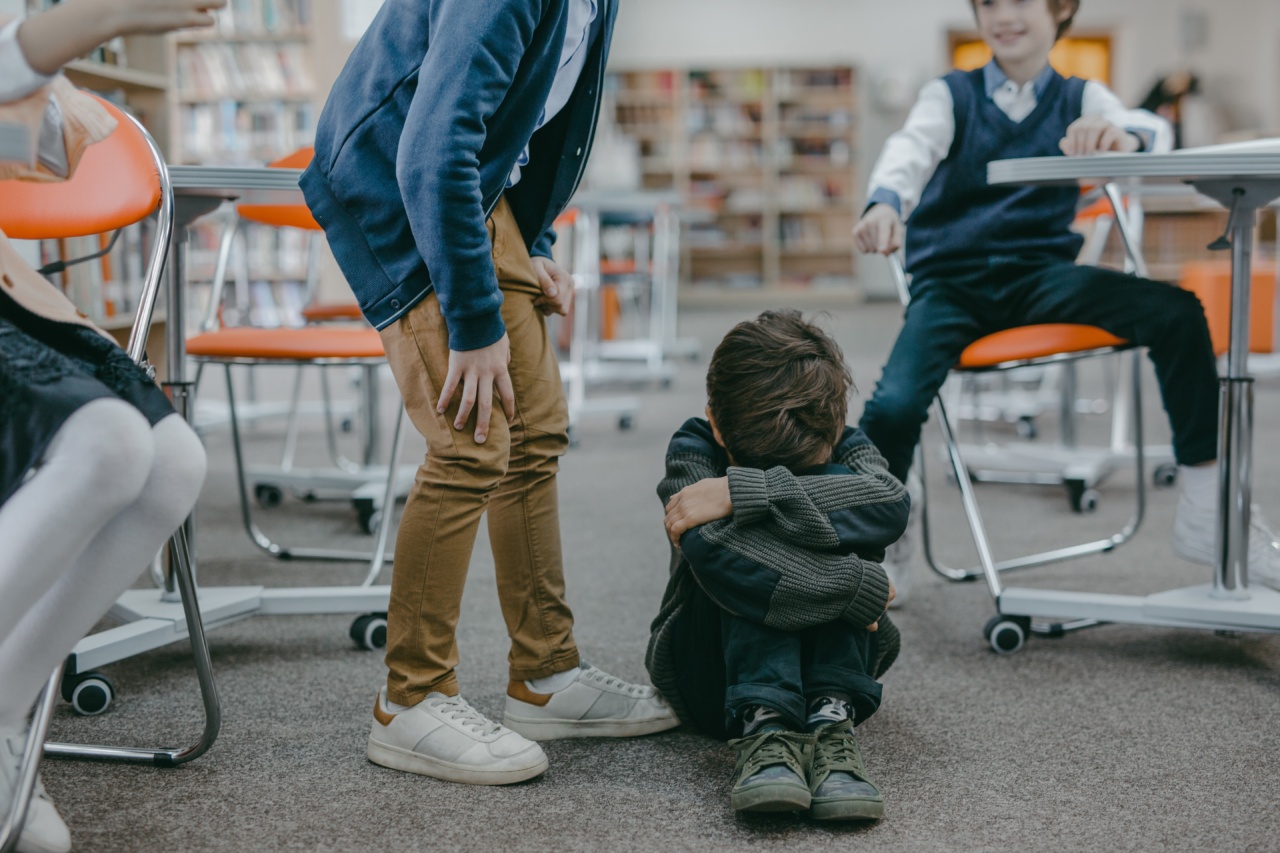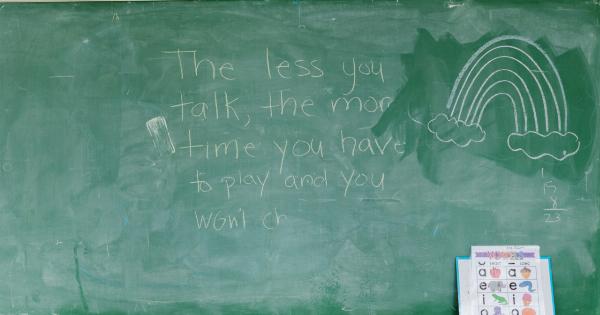Bullying is a pervasive issue in schools around the world, but a recent study conducted by KMOP, a leading social research organization, has found an alarming increase in bullying among pre-schoolers.
This study has shed light on a concerning trend that has far-reaching implications for the well-being and development of young children.
Definition of bullying
Before delving into the findings of the study, it is important to understand what constitutes bullying. Bullying involves aggressive behavior that is intentional, repeated, and involves an imbalance of power.
It can be physical, verbal, or relational, and often causes harm to the victim.
Increasing prevalence of bullying
Traditionally, bullying has been associated with older children, particularly those in middle school or high school. However, KMOP’s study has revealed that bullying is starting at a much younger age, within pre-school settings.
This raises serious concerns about the safety and well-being of our youngest learners.
Social-emotional development and bullying
Preschool is a critical period for the social-emotional development of children. It is during this time that they start to understand and navigate relationships with their peers.
Bullying at such a young age can have severe consequences on children’s development, leading to low self-esteem, anxiety, and difficulty forming positive relationships in the future.
Causes of pre-school bullying
Various factors contribute to the increase in bullying among pre-schoolers. One major factor is the exposure to aggression at home or in the media.
Children model their behavior based on their surroundings, and if they witness or experience aggressive behavior, they are more likely to replicate it in their interactions with peers.
Another contributing factor is the lack of adequate social-emotional skills. Pre-school children are still learning how to express their emotions, resolve conflicts, and empathize with others.
Without proper guidance and support, they may resort to aggressive behavior as a means of asserting themselves or seeking attention.
Impact on victims
The effects of bullying on pre-school victims can be long-lasting.
The trauma experienced at such a young age can lead to a range of negative outcomes, including decreased academic performance, social isolation, and increased risk of mental health issues such as depression and anxiety. It is crucial to intervene early and provide appropriate support to prevent these consequences.
Preventing and addressing pre-school bullying
Addressing pre-school bullying requires a multi-faceted approach involving various stakeholders. Parents and caregivers play a crucial role in teaching positive social skills and modeling respectful behavior.
Educational institutions should implement anti-bullying policies and provide training to staff to recognize and address early signs of bullying.
Additionally, fostering a safe and inclusive school environment can contribute to reducing bullying incidents.
Creating opportunities for positive peer interactions, promoting empathy, and teaching conflict resolution skills can empower pre-schoolers to develop healthy relationships and discourage bullying behaviors.
Supporting victims and bullies
Supporting both the victims and the bullies is essential for addressing pre-school bullying effectively. Victims need emotional support and guidance to cope with the traumatic experiences they have endured.
Counseling services can help them build resilience and develop coping mechanisms.
On the other hand, it is crucial not to solely focus on punishing or labeling the bullies. They may also be struggling with their own emotional difficulties and need intervention to learn appropriate ways of expressing themselves.
Promoting empathy and providing them with social-emotional support can help break the cycle of bullying behavior.
The role of early childhood education
Effective early childhood education programs can play a vital role in preventing and addressing bullying among pre-schoolers.
Providing a curriculum that fosters social-emotional development, teaches conflict resolution strategies, and encourages empathy can create a positive learning environment that promotes respectful and inclusive behavior.
Training early childhood educators is equally important. Educators should possess the skills and knowledge to recognize signs of bullying, manage conflicts effectively, and provide appropriate support to both victims and bullies.
Conclusion
The alarming increase in bullying among pre-schoolers, as revealed by KMOP’s study, calls for immediate attention and action.
Early intervention, through the collaboration of parents, educators, and policymakers, is crucial to prevent the long-term negative effects on children’s well-being and development. By addressing the root causes of bullying and providing necessary support, we can create safe and nurturing environments where pre-schoolers can thrive.

























